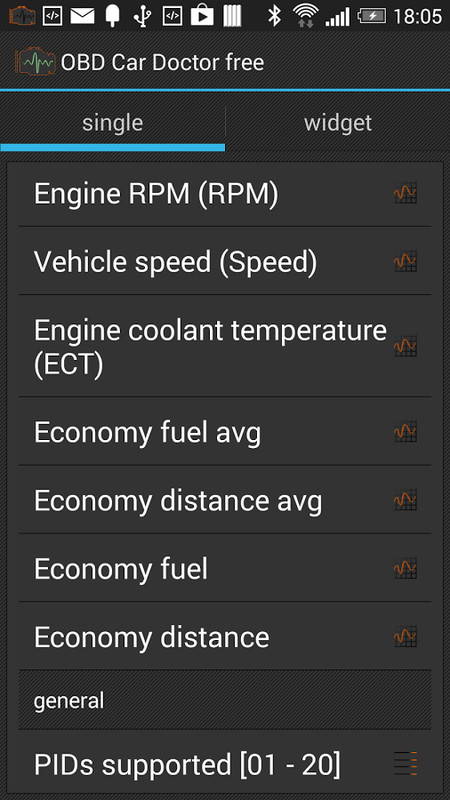

OBD-II CAN busĬAN bus used in Ford, Mazda, Volvo and most other cars since 2004.
Obd auto doctor not connecting iso#
Also, ISO 9141 and ISO 14230 use the same pinout, thus you cannot distinguish between the two simply by examining the connector. Note that pins 4 (battery ground) and 16 (battery positive) are present in all configurations. Message may contain up to 255 bytes in the data field ISO 14230 KWP2000 (Keyword Protocol 2000) used by most European and Asian manufacturers.Īlfa Romeo, Audi, BMW, Citroen, Fiat, Honda, Hyundai, Jaguar (X300, XK), Jeep since 2004, Kia, Land Rover, Mazda, Mercedes, Mitsubishi, Nissan, Peugeot, Renault, Saab, Skoda, Subaru, Toyota, Vauxhall, Volkswagen (VW) since 2001, Volvo to 2004 Message length is restricted to 12 bytes, including CRC

UART signaling (though not RS-232 voltage levels) ISO 9141-2 is primarily used in Chrysler, European, and Asian vehicles. This protocol has a data rate of 10.4 kbaud, and is similar to RS-232. Message length is restricted to 12 bytes, including CRC Employs CSMA/NDA SAE J1850 VPW (Variable Pulse Width) (10.4/41.6 kbaud, standard of General Motors) Message length is restricted to 12 bytes, including CRC Employs a multi-master arbitration scheme called Carrier Sense Multiple Access with Non-Destructive Arbitration (CSMA/NDA) SAE J1850 PWM (41.6 kbaud, standard of the Ford Motor Company) There are five protocols in use with the OBD-II interface, and often it is possible to make an educated guess about the protocol in use based on which pins are present on the J1962 connector: OBD-2 protocols Refer to related pinouts for vendor-specific OBD-2 pinouts. Unlike the OBD-I connector, which was found under the hood of the vehicle, the OBD-II connector is located on the driver's side of the passenger compartment near the center console. The OBD-II specification provides for a standartized hardware interface - the female 16-pin (2x8) J1962 connector. Prior to the advent of digital powertrain control modules, which is the technical enabler for the OBD feature, repairing a vehicle relied solely upon the technicians skill and service literature from the auto manufacturer. A service technician can retrieve the DTC, using a scan tool, and take appropriate action to resolve the malfunction.

In addition, the OBD-II interface provides a means to clear the DTC's once maintenance has been completed. If the vehicle's onboard diagnostic system detects a malfunction, a DTC corresponding to the malfunction is stored in the vehicle's computer, as well as realtime data from the sensors connected to the on-board computer. OBD-I begins standardized DTC's OBD-II adds specific tests to determine the vehicles emission performance OBD-III adds more features, and is in the regulatory development phase. Prior to OBD, auto manufacturers did not standardize DTC's (diagnostic trouble code). OBD-2 connector must have pins 4, 5 for ground connections and pin 16 for 12 volt power supply from the vehicle battery. Some connectors have been located behind ashtrays, under the passenger seat and even over by the passengers door. Sometimes it's located in the driver's foot well, under the steering wheel, behind panels in the dashboard fascia and the central area between the driver's seat and the passenger seat. Usually OBD-2 connector is located on the driver's side of the passenger compartment near the center console. Locating your OBD-II connector can be a difficult task as vehicle manufacturers tend to hide away the socket. Some pre-2001 petrol vehicles and pre-2004 diesel vehicles have a 16-pin connectors but they may not be OBD-II or EOBD compliant. Diesel (compression ignition) vehicles were not required to support OBD until 2004. OBD-II is a set of specifications for monitoring and reporting on engine performance in modern automobiles. On Board Diagnostics, OBD-II, is required on all automobiles and light trucks in the United States from 1996 onward.


 0 kommentar(er)
0 kommentar(er)
